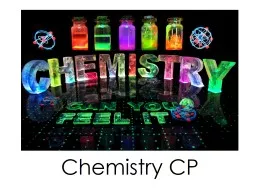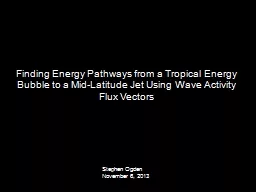PPT-Bubble Power
Author : luanne-stotts | Published Date : 2017-07-30
Shemeer KA No 89030594 EEE S6 SRGPTC Triprayar Introduction conventional fuels are getting depleted at a very fast rate One of the conventional methods of producing
Presentation Embed Code
Download Presentation
Download Presentation The PPT/PDF document "Bubble Power" is the property of its rightful owner. Permission is granted to download and print the materials on this website for personal, non-commercial use only, and to display it on your personal computer provided you do not modify the materials and that you retain all copyright notices contained in the materials. By downloading content from our website, you accept the terms of this agreement.
Bubble Power: Transcript
Download Rules Of Document
"Bubble Power"The content belongs to its owner. You may download and print it for personal use, without modification, and keep all copyright notices. By downloading, you agree to these terms.
Related Documents














